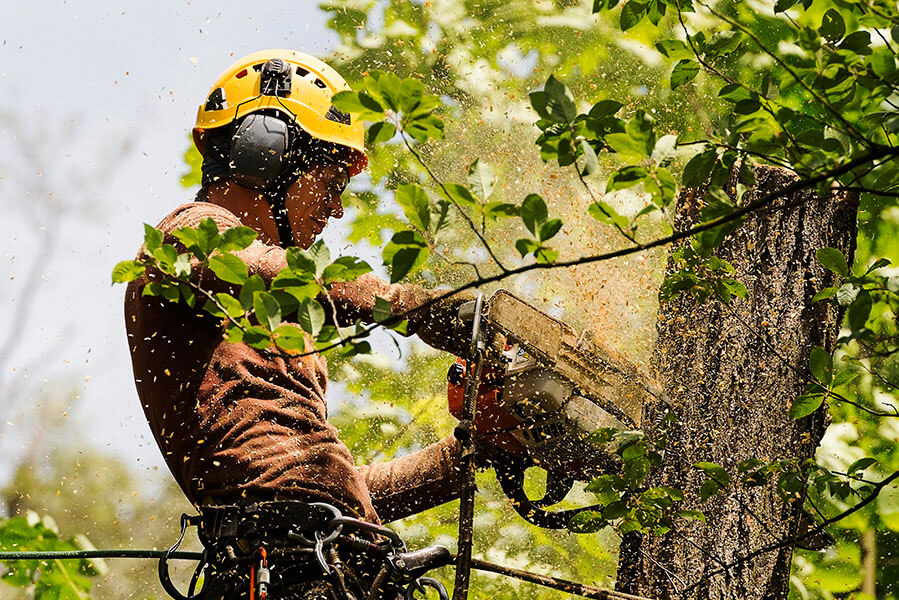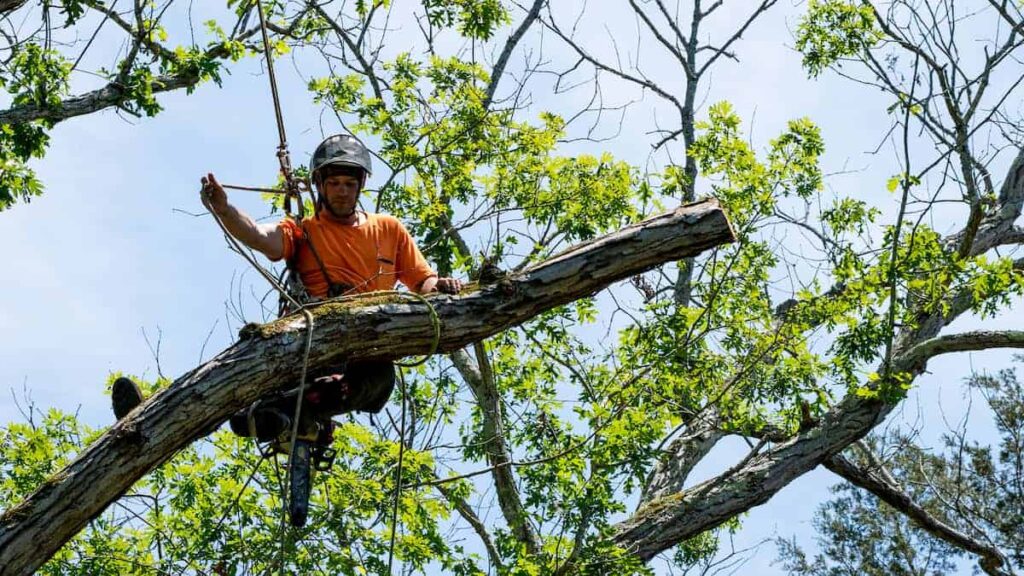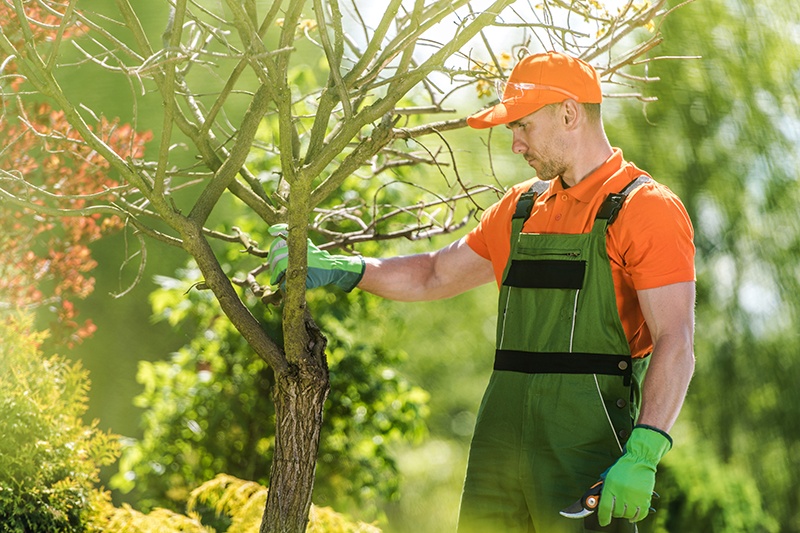Trees are not only essential for the aesthetic appeal they bring to urban landscapes but also for the environmental benefits they offer. In Red Deer, a city known for its diverse climate, proper tree care becomes paramount to ensure the health, longevity, and beauty of these natural wonders. From selecting the right tree species to maintaining them throughout the seasons, this guide provides a comprehensive overview of tree care red deer.
Table of Contents
- Understanding Red Deer’s Climate and Its Impact on Trees
- Selecting Appropriate Tree Species for Red Deer
- Planting Trees for Success
- Watering Strategies for Healthy Trees
- The Art of Pruning
- Preventing Common Tree Pests and Diseases
- Nutrient Management and Fertilization
- Seasonal Care and Maintenance
- Preserving Trees in Urban Environments
- Frequently Asked Questions (FAQs)
- What are the best native trees for Red Deer’s climate?
- How often should I water my newly planted trees?
- Is there a specific time of year I should avoid pruning my trees?
- What can I do to protect my trees from common pests?
- Can I use compost as a natural fertilizer for my trees?
- Are there any tree care workshops or resources available in Red Deer?
- How do I know if a tree is diseased and needs treatment?
- What are some signs that my tree is not getting enough water?
- Should I be concerned about winter tree care in Red Deer?
- How can I promote tree health in my community?
- Conclusion
Understanding Red Deer’s Climate and Its Impact on Trees
Red Deer experiences a unique climate characterized by its extreme temperature variations, seasonal precipitation, and strong winds. These factors directly influence the health of trees in the region. To ensure successful tree care, it’s crucial to understand how these elements affect trees’ growth, root development, and overall well-being.
Selecting Appropriate Tree Species for Red Deer
Choosing the right tree species is a fundamental step in tree care. Native species are often well-adapted to the local climate and soil conditions. When selecting trees for planting, opt for drought-resistant and cold-tolerant species that can withstand Red Deer’s challenging climate.

Planting Trees for Success
Proper planting techniques play a crucial role in the establishment of healthy trees. Choose the right planting time based on the local climate. Ensure the planting hole is appropriately sized, and the tree is planted at the correct depth. Mulching helps retain moisture, regulate soil temperature, and prevent weed competition.
Watering Strategies for Healthy Trees
A consistent watering routine is vital for tree health, especially in Red Deer’s climate. Deep watering encourages deep root growth and helps trees withstand drought conditions. Avoid shallow watering, which can lead to shallow root systems and increased vulnerability to environmental stressors.
The Art of Pruning
Pruning is an essential practice for maintaining tree health, shape, and structure. Red Deer’s trees benefit from proper pruning techniques applied at the right times of the year. Regular pruning removes dead, diseased, or overcrowded branches, promoting air circulation and reducing the risk of pest and disease infestations.
Preventing Common Tree Pests and Diseases
Identifying and preventing tree pests and diseases are crucial for tree care. Learn to recognize common pests and the signs of diseases prevalent in Red Deer. Employ integrated pest management techniques to minimize the use of chemicals while effectively managing potential issues.
Nutrient Management and Fertilization
Regular soil testing helps identify nutrient deficiencies and pH imbalances in the soil. Fertilize trees based on their specific needs, focusing on essential elements such as nitrogen, phosphorus, and potassium. Applying the right type and amount of fertilizer ensures optimal growth without causing harm to the environment.
Seasonal Care and Maintenance
Different seasons require specific care approaches. In spring, prepare trees for new growth by pruning and fertilizing. Summer demands adequate watering and protection from heat stress. Fall is the time to bolster trees’ defenses before the harsh winter sets in. Proper seasonal care ensures trees remain healthy year-round.
Preserving Trees in Urban Environments
Urban environments often present challenges for tree care, including compacted soil and limited root space. During construction projects, protective measures must be taken to safeguard trees from damage. Community involvement and education are essential to ensure a collective effort toward preserving trees.

Frequently Asked Questions (FAQs)
What are the best native trees for Red Deer’s climate?
Some suitable native trees include White Spruce, Trembling Aspen, Lodgepole Pine, and Saskatoon.
How often should I water my newly planted trees?
Water deeply once a week during the growing season, ensuring the soil is adequately moist but not waterlogged.
Is there a specific time of year I should avoid pruning my trees?
Avoid heavy pruning during late summer to early fall when trees are preparing for dormancy.
What can I do to protect my trees from common pests?
Encourage natural predators, maintain tree health, and promptly address pest infestations to prevent their spread.
Can I use compost as a natural fertilizer for my trees?
Yes, compost provides organic matter and nutrients, improving soil structure and tree health.
Are there any tree care workshops or resources available in Red Deer?
Check with local arborist organizations, community centers, and city departments for workshops and resources.
How do I know if a tree is diseased and needs treatment?
Look for signs such as wilting leaves, abnormal growth, discoloration, or presence of pests. Consult a professional if unsure.
What are some signs that my tree is not getting enough water?
Symptoms include wilting leaves, premature leaf drop, and dry, brittle branches.
Should I be concerned about winter tree care in Red Deer?
Yes, protect young trees from winter sunscald and use mulch to insulate roots against temperature fluctuations.
How can I promote tree health in my community?
Participate in local tree planting events, advocate for tree protection, and educate neighbors about proper tree care.
Conclusion
Proper tree care in Red Deer involves a holistic approach that considers the local climate, species selection, planting techniques, watering routines, pruning methods, pest prevention, and seasonal maintenance. By understanding and implementing these practices, you can contribute to the well-being of trees in your area, enhancing the beauty and sustainability of the environment for generations to come. Remember, healthy trees are not only a reflection of a thriving ecosystem but also a testament to our commitment to preserving nature’s gifts.


